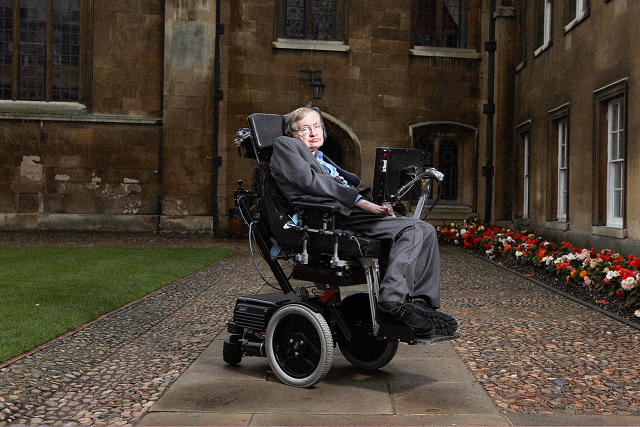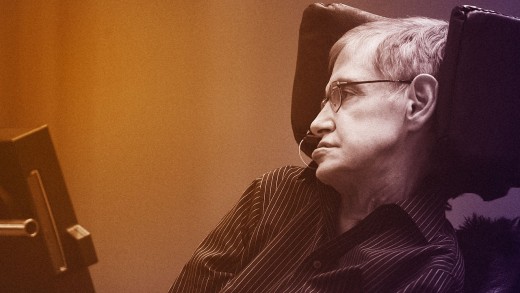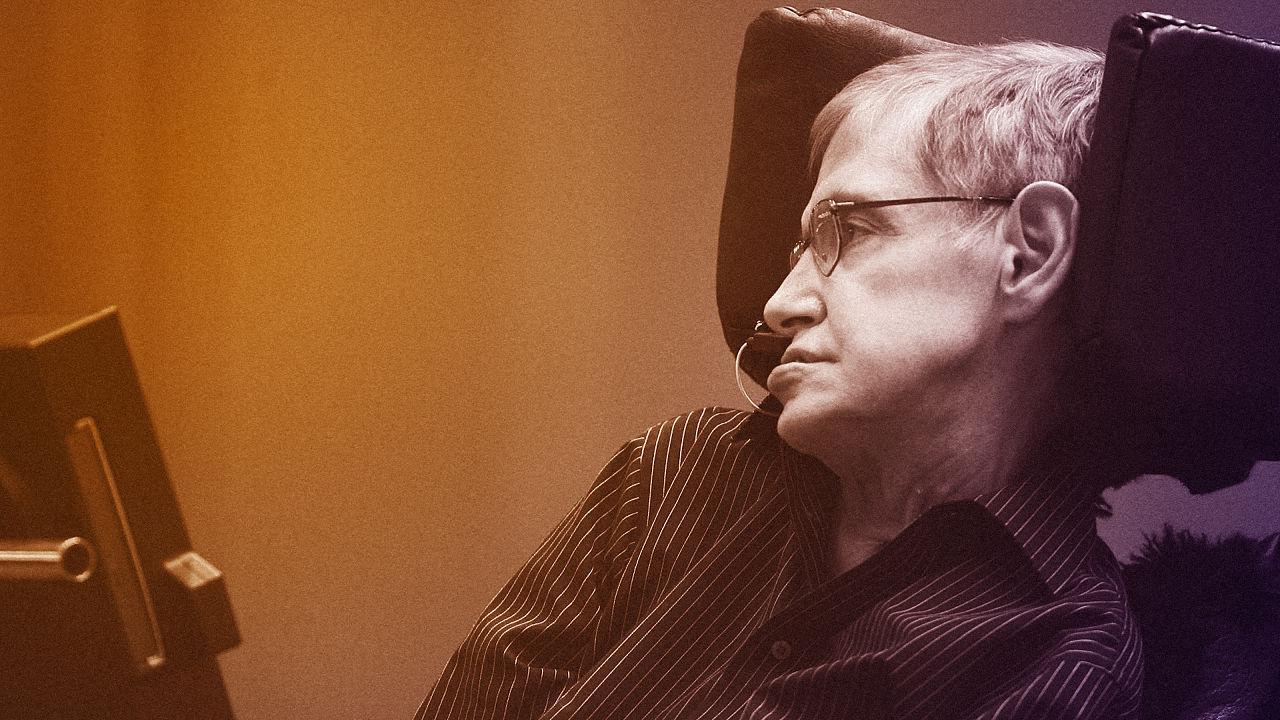Stephen Hawking’s Voice Is Now Open Source And Free To Download
The predictive software that allows him to communicate via his cheek is now available to help anyone.
Stephen Hawking’s voice has been open sourced. You can download the software today, pair it up with a webcam and start twitching your cheek, just like the professor, to communicate with the world.
The software behind Hawking’s voice is called ACAT, or Assistive Context-Aware Toolkit. It’s a system that watches for movement in his cheek muscle, interprets it as a command for the computer, then performs auto-correct on the words, just like your phone’s text message app. These features might be conveniences for you, but they’re essential for Hawking. A Wired article details how, just three years ago, it took Hawking 20 minutes to write a 30-word greeting. Even when Intel, the company behind ACAT, built updated software to make things easier for Hawking, he had trouble getting used to it. Why? He’s never used a smartphone, so the whole paradigm or automatic text was new to him. Now, though, his software runs SwiftKey, the same predictive keyboard algorithms that you or I can get from any app store, only pre-loaded with Hawking’s research papers, so that if he types “the,” the app predicts “black,” and next it chooses “hole.”
Now the full ACAT system is available for download and can run on any PC. The idea is that other researchers and designers can build on Intel’s work. Intel has tweaked the software to make it suitable for a wider audience. The earlier versions were tailor-made for Hawking’s precise needs.

“We have been busy building different sensors and trying this out with patients,” Intel principal engineer Lama Nachman told Wired.
ACAT can accept input from infrared switches, cameras, and push buttons, or anything else that you think to hook up to it, and the user can use it not just to type, but to interact with their email or web browser.
“Our vision is to enable any developer or researcher who can bring in value in sensing, UI, word prediction, context awareness, etc. to build on top of this,” said Nachmann, “and not have to reinvent the wheel since it is a large effort to do this.”
Currently, you’ll need a Windows machine to use ACAT. In the future, though, it would seem like this is exactly the kind of app that should be running on a smartphone, which is already bristling with cameras and sensors.
And Hawking’s actual voice? It’s called Perfect Paul, and it was the male adult voice option on the DECtalk, an early telephone voice-interaction device.
[Top Photo: China Photos/Getty Images]
Fast Company , Read Full Story
(112)



